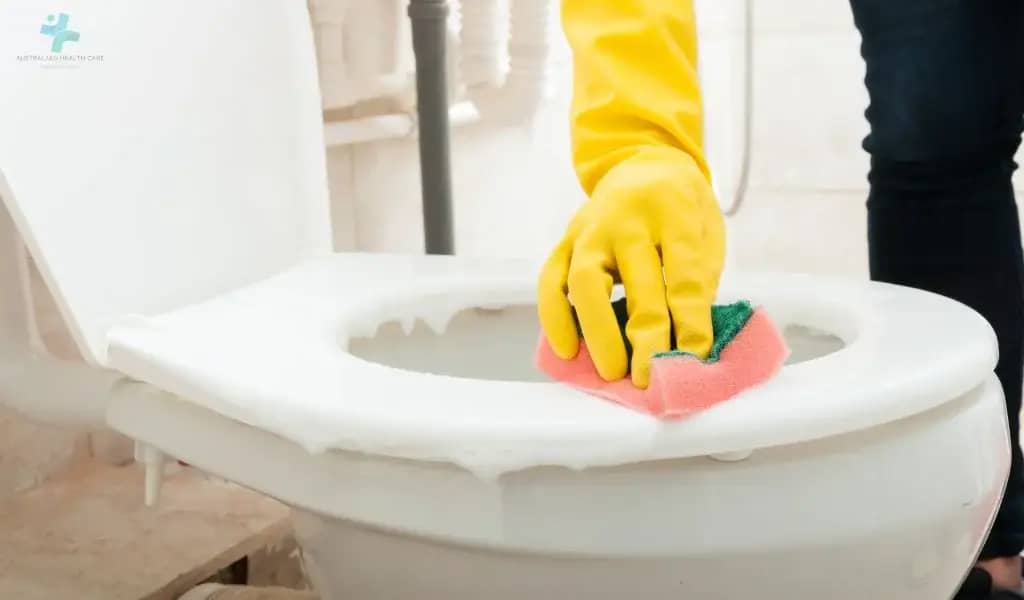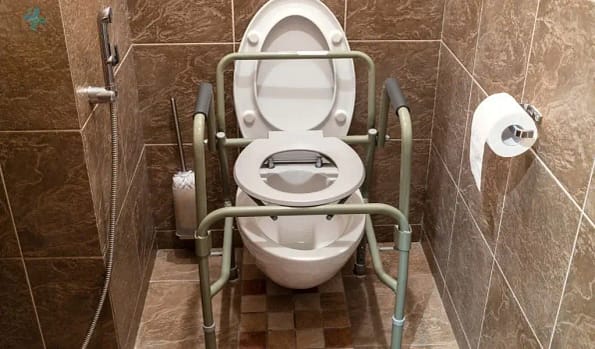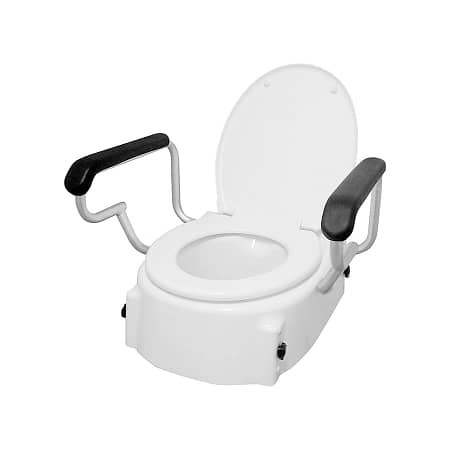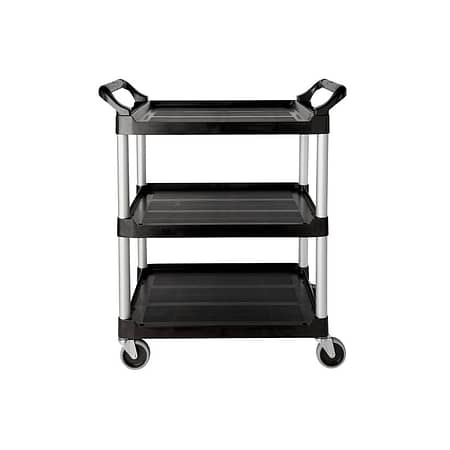How do I maintain and clean bathroom medical equipments to ensure its longevity and hygiene?
Importance of Regular Maintenance
Maintaining and cleaning bathroom medical equipment is essential for both ensuring the longevity of the tools and upholding strict hygiene standards. Regular maintenance prevents the buildup of harmful bacteria and extends the equipment’s useful life, making it crucial for users to understand the different types of common bathroom medical devices, such as shower chairs, grab bars, and commodes. By familiarising themselves with these items, users can adopt appropriate cleaning routines and materials, ensuring their equipment remains in top condition and safe for everyday use. This foundational knowledge not only enhances the safety and comfort of the user but also contributes to a more hygienic bathroom environment.
Preparing for Cleaning and Maintenance
Identifying the Types of Equipment
Before beginning the cleaning process, it’s important to identify whether the equipment is non-electronic or electronic, as this will dictate the cleaning approach. Non-electronic items can generally withstand more direct methods of cleaning, whereas electronic ones require careful handling to avoid damage. Additionally, understanding whether the equipment is water-resistant or not will help in choosing the correct cleaning agents and methods, ensuring the equipment is not inadvertently damaged during the process.
Gathering Necessary Cleaning Supplies
Once you’ve identified the type of equipment you’re dealing with, gather the appropriate cleaning supplies. For non-electronic and water-resistant items, mild detergents and disinfectants are suitable. For electronic or non-water-resistant items, opt for wipes or cleaners that are specifically designed for such equipment. Essential tools for effective cleaning include soft cloths, brushes with soft bristles, and non-abrasive sponges. These supplies ensure a thorough clean without risking damage to the equipment’s surface or internal components.
Step-by-Step Cleaning Procedures
Maintaining the hygiene and functionality of bathroom medical equipment is crucial for ensuring safety and longevity. A combination of daily cleaning routines and more thorough, periodic deep cleaning sessions can help achieve this goal.
Daily Cleaning Routines
- Quick Wipes and Disinfection: For daily maintenance, focus on quick wipes using disinfectant wipes or a cloth dampened with a mild disinfectant solution. This routine is particularly important for high-touch areas such as handles and seat surfaces. Daily cleaning helps prevent the buildup of germs and keeps the equipment safe for use. Ensure to:
- Use gentle, non-abrasive wipes to avoid scratching the equipment.
- Choose disinfectants that are effective against a broad range of bacteria and viruses but safe for the equipment material.
Deep Cleaning Sessions
- Disassembling (if applicable): Periodically, it’s necessary to perform a more thorough clean which may involve disassembling the equipment if possible. This step allows for cleaning hard-to-reach areas that are not typically addressed during daily cleaning.
- Remove any removable parts such as seats, backrests, or arm supports.
- Follow the manufacturer’s instructions to avoid any damage during disassembly and ensure you can reassemble the unit correctly.
- Sanitising and Drying: After disassembling, each part should be cleaned using a suitable disinfectant, then thoroughly rinsed and dried. Drying is crucial to prevent the growth of mold and mildew, which thrive in moist environments.
- Use a soft brush or cloth to clean each component.
- Rinse with clean water to remove any soap or disinfectant residue.
- Air-dry the equipment completely before reassembling and returning it to use.

Maintaining Equipment for Longevity
Routine Checks and Maintenance
Regular inspections are key to ensuring the longevity of bathroom medical equipment. Check for signs of wear and tear, such as cracks, rust, or malfunctioning parts, which could compromise safety and functionality. It’s also important to stay on top of updating or replacing parts that are worn out or damaged to maintain the equipment in optimal condition. This proactive approach prevents small issues from becoming major problems and extends the equipment’s lifespan.
Storage Solutions for Hygiene
Proper storage of bathroom medical equipment is essential for maintaining hygiene. Store equipment in a clean, dry area to prevent the growth of mould and bacteria, which thrive in moist environments. Avoid storing items directly on the floor and use covers if available to protect against dust and dirt. Ensuring good ventilation in the storage area also helps reduce moisture levels, further preventing mould growth and maintaining the equipment’s hygiene and integrity.
Tips for Ensuring Ongoing Hygiene
Ensuring the ongoing hygiene of bathroom medical equipment is crucial for user safety and equipment longevity. Implementing handling and usage guidelines, along with educating caregivers and users, plays a significant role in maintaining a clean and safe environment.
Handling and Usage Guidelines
- Personal Protective Equipment (PPE): Utilising PPE such as gloves and masks during the cleaning and maintenance of medical equipment can prevent the spread of germs. It’s essential to:
- Wear gloves when cleaning or handling used equipment.
- Wash hands thoroughly before and after using or cleaning the equipment, even if gloves are worn.
Educating Others on Proper Maintenance
- Training for Caregivers: Offering training sessions for caregivers and users ensures that everyone knows how to properly clean and maintain the equipment. This training should cover:
- The correct use of cleaning agents and equipment.
- The importance of regular maintenance schedules.
- Instructional Guides and Resources: Providing easy-to-understand guides and resources can help ensure that the equipment is used and maintained correctly. Consider creating:
- Step-by-step cleaning instructions.
- Maintenance checklists.
- Videos demonstrating proper cleaning techniques.
By focusing on thorough handling and usage protocols, and ensuring caregivers and users are well-educated in equipment maintenance, you can significantly enhance the hygiene and safety of bathroom medical equipment. This not only protects users but also contributes to the equipment’s durability and effectiveness.





















